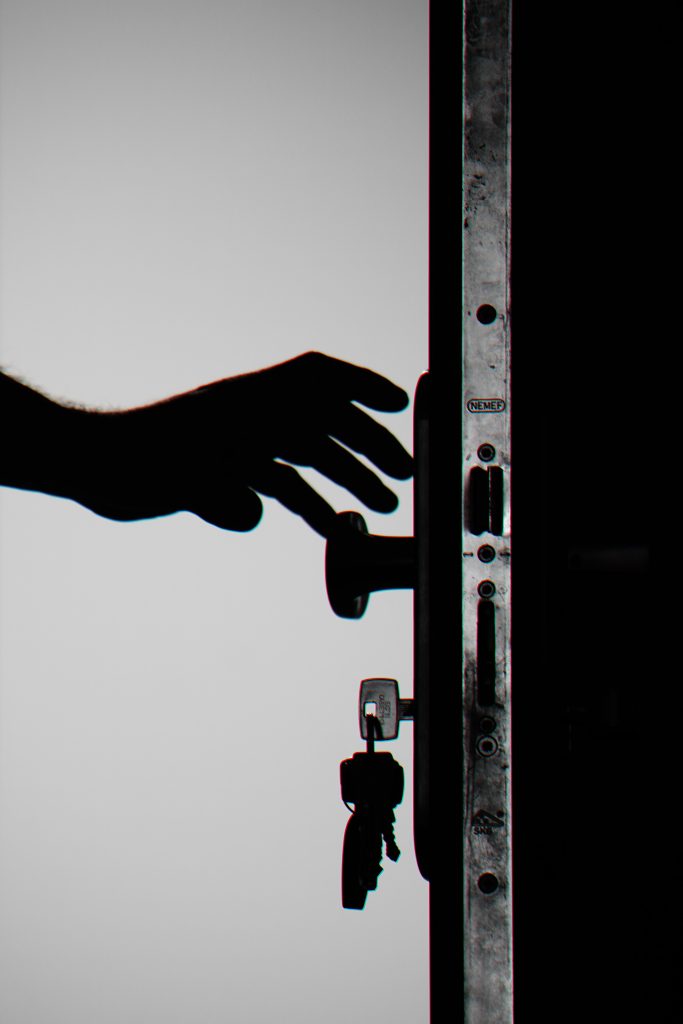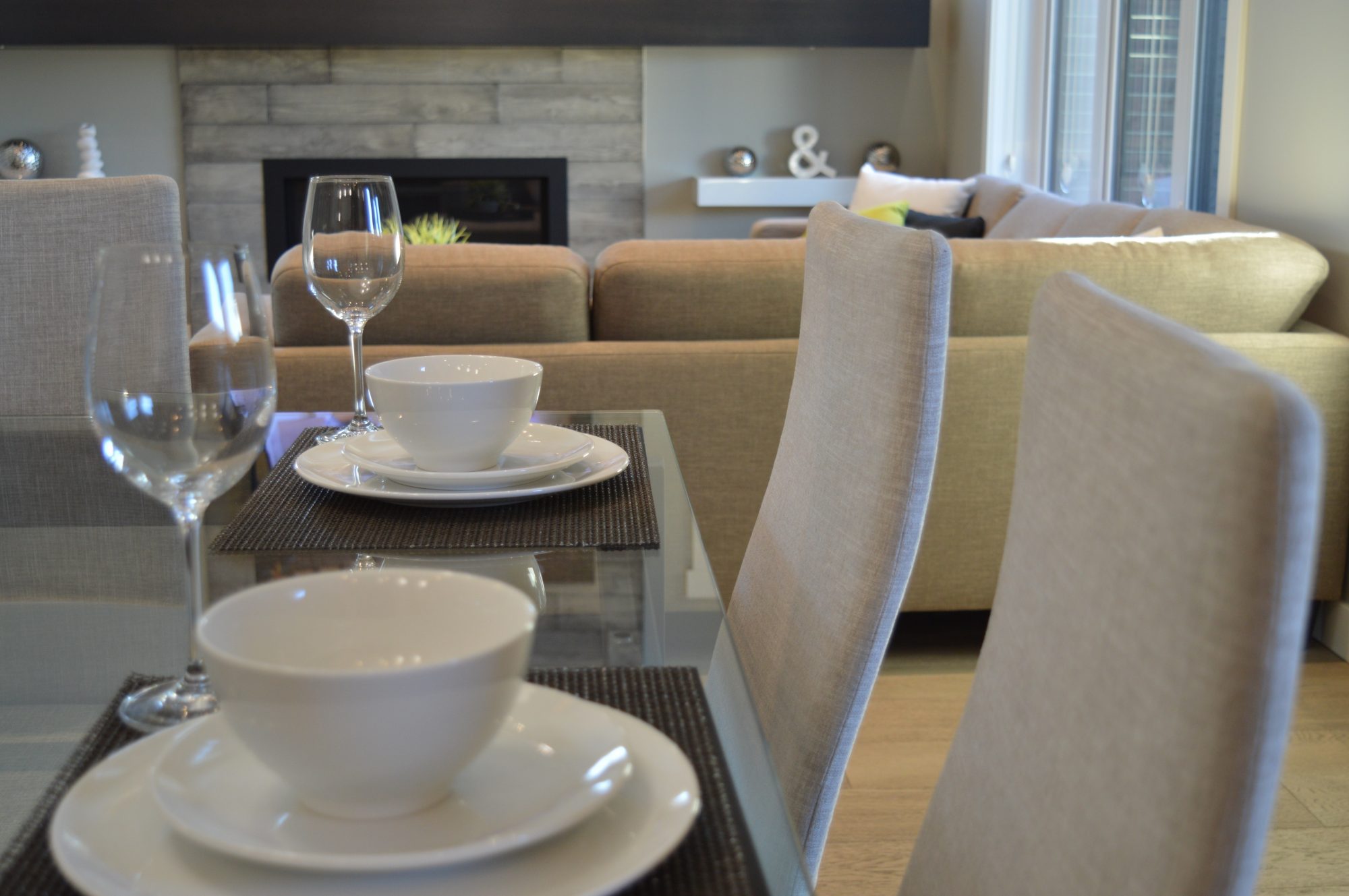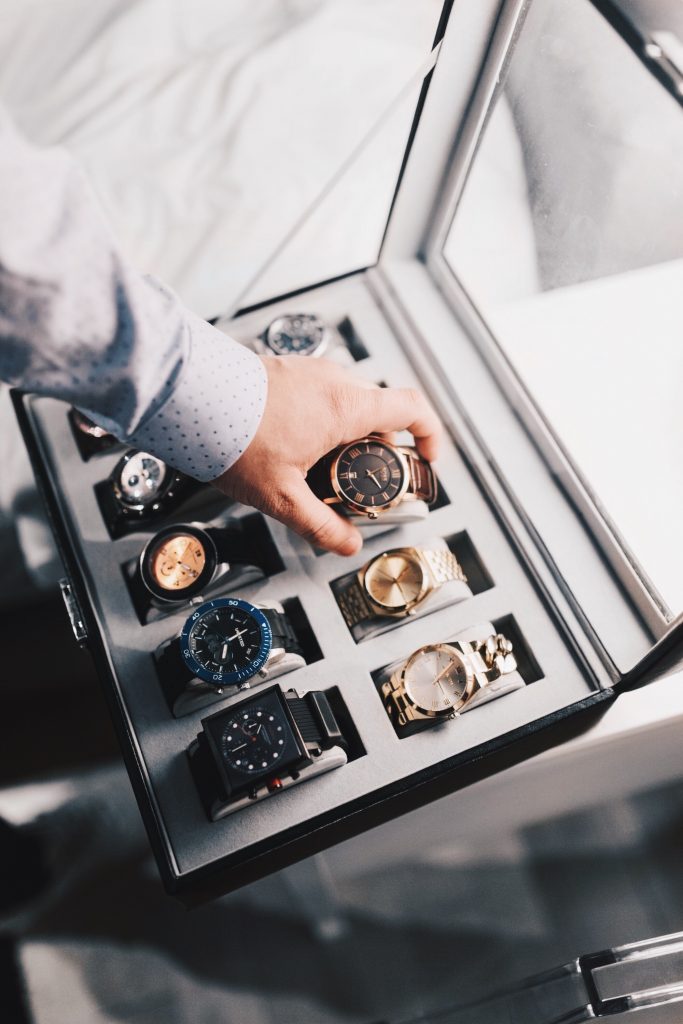Panic rooms are a place of refuge in emergency events and one can customise it depending on what you want to prepare for. These things quickly became a standard to the houses of to the super-rich. This was popularised the film Panic Room from 2002, where the homeowner was being attacked. One might think that this is just a waste of valuable space, but really this can be a useful space for a lot of things.

Here are things that needed to be present inside a panic room:
- CCTV recorder and monitors- this is the best place to monitor the outside world in case you need to lock yourself in. If the intruder found out that you have CCTV, they will try to look for the NVR, so its a good idea to keep it in. It is a good practice that the recordings are also sent to the cloud for storage. It would help if the monitors are capable to watch live TV.
- Jewellery Boxes – you can think of this as a giant safe or a bank vault. The door can be kept open when you’re around and lock it only when you have to leave the house. You can also have a Safe installed inside.

- Food and water – in case you have to stay there for an extended period of time, consider placing long life food like biscuits and others. Just make sure to check expiry dates yearly.
- Weapons – if you are preparing for a possible attack, this is definitely something to consider to defend yourself. The type of weapon will depend on the country you live in.

- Communications – If someone would like to do something bad to you, your phone line should be cut already. Consider a concealed second line or a wireless system like a mobile phone, satellite phone, or a radio transmitter. Test it out if this can penetrate the wall
Here are 6 design consideration when designing one:
- Location – This should be easily accessible, should be as close to your bedroom as possible. In case of a nighttime attack, you should be able to come in and lock it in a matter of seconds.
- Size – this should be big enough for your supplies but small enough to hide. A good proportion is quite important.
- Wall structure – if you are preparing for an attack, make sure the walls are reinforced and fireproof. All walls, floors, and ceiling should be lined with very good insulation in case of fire broke out and you could not get out.
- Power – Power supplies and cabling to CCTV should be hidden and protected. Steel pipes buried in concrete will be ideal. A minimum of 2-hour battery backup should be available in case of power interruption.
- Door – this is where the attacker will always start. Make sure you reinforce this, be aware that this can become too heavy with armour. It’s always a good idea to conceal this. If an attacker could not find the door, it will buy you some time to call the authorities. Hinges should not be exposed as this is a clear weak point and will reveal the door location. Ideally, the door should open out, it would mean it can withstand more thrust blow from outside. A good Interior designer should be able to design a concealed door for you.
- Ventilation – this should be available but has an option to close in case the attacker finds out about this.
XDESIGNSTUDIOUK




